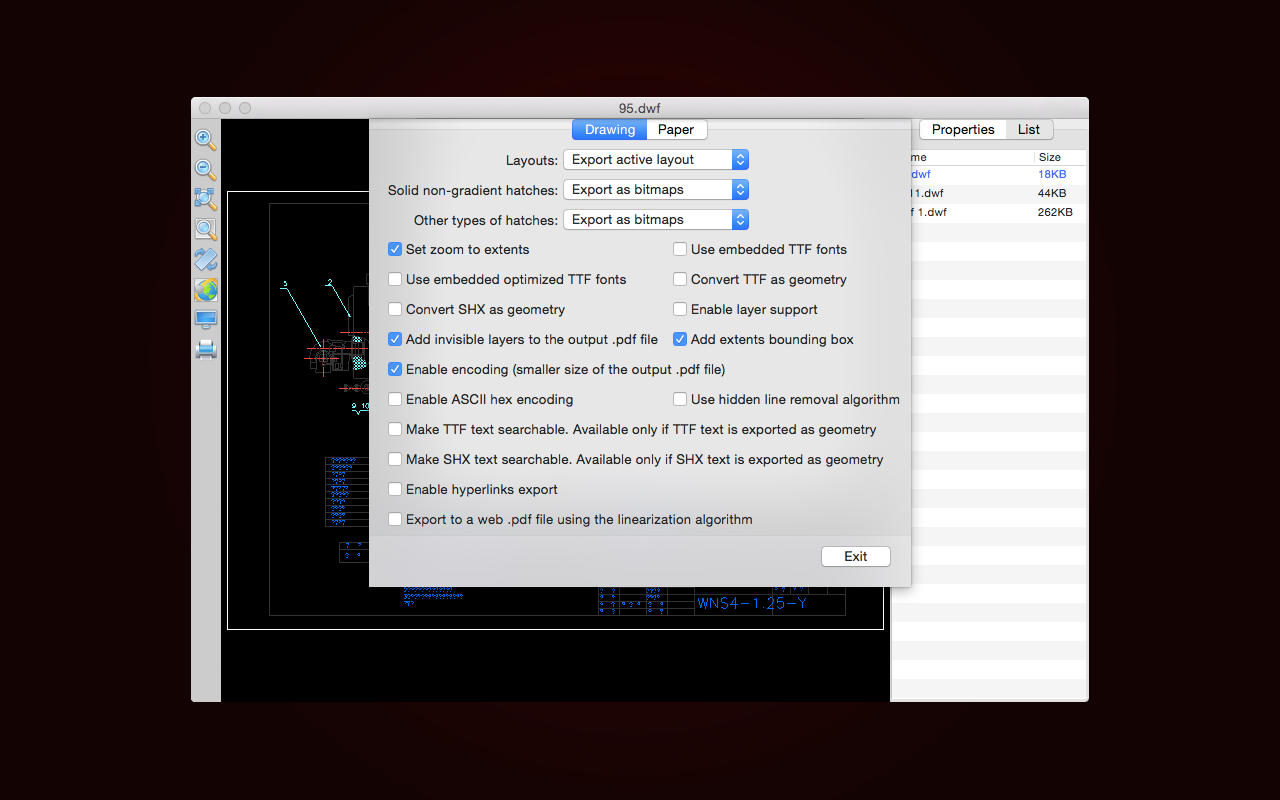

Profiles are used to define the elevation changes along the alignment. Alignments and profiles: Civil 3D allows you to create and manage horizontal and vertical alignments, which are used to define the path of roads, highways, and other linear projects.These surfaces are used to create 3D models of the terrain and provide the basis for civil engineering design. Surface creation: Civil 3D allows you to create and manage digital terrain models (DTMs) and other surfaces such as contour lines, grading objects, and feature lines.The interface includes a ribbon, tool palettes, and a drawing area.

The Civil 3D interface: Civil 3D has a similar interface to AutoCAD, but with additional tools and functions specific to civil engineering design.Understanding how to manage your files is important for maintaining version control and sharing your drawings with others. File management: AutoCAD allows you to save and manage your drawings in various file formats such as DWG, DXF, PDF, and DWF.These tools are important for conveying information and making your drawings more informative. Dimensions and annotations: AutoCAD provides a range of tools for adding dimensions and annotations to your drawings, such as text, dimensions, leaders, and hatching.Learning how to work with layers is important for organizing your drawings and making them easier to manage. Layers: AutoCAD allows you to organize your drawings into layers, which can be used to group related objects and control their visibility and properties.Understanding how to use and manipulate the coordinate system is essential for accurate drawing and editing. Coordinate system: AutoCAD uses a coordinate system to define the position of objects in a drawing.These tools can be used to create 2D and 3D objects in a precise and efficient manner. Drawing and editing tools: AutoCAD provides a range of drawing and editing tools such as lines, circles, arcs, polygons, fillet, and chamfer.

The interface may appear daunting at first, but it can be easily customized to suit your preferences.


 0 kommentar(er)
0 kommentar(er)
